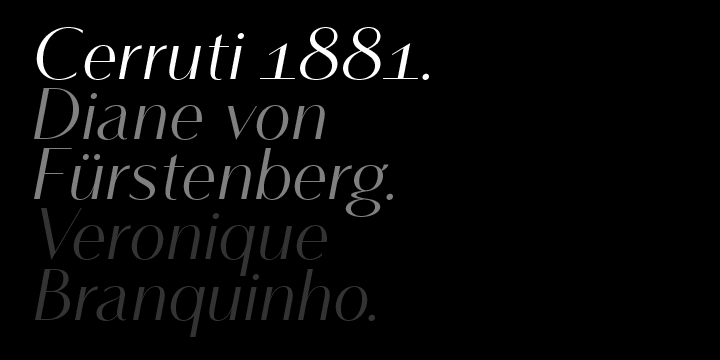

The Protestant Reformation in the sixteenth century caused an unprecedented shift in religious thought. As Europe divided itself between Catholicism and sects of Protestantism it brought confusion to many religious issues which were a staple of the Early Modern mind.ĭuring this period, there was a surge towards Iconoclasm (the destruction of holy images) facilitated by the Catholics. Protestants argued that images could be useful for the contemplation of God and holy subjects. Protestantism fostered a more individualistic approach to contemplation in comparison with the communal prayer of Catholicism.

This individualistic sentiment towards contemplation, and the idea that images could serve as references for contemplation, helped guide the Dutch master’s imagination towards Vanitas. Realism: The Austere Aesthetic Vanitas Still Life by Jan Jansz, 1648, via The National Gallery, London The Dutch Republic, being Protestant in the seventeenth century, had a remarkable outpouring of this introspective form of art. The inspiration for the title ‘Vanitas’ is closely informed by a passage in The Bible ( Ecclesiastes 1:2 12:8 ): ‘Vanity of vanities, all is vanity’. Vanitas was an artistic reaction to the counter-reformation Catholic art. Counter-reformation art focused on the mysteries and saints of the Catholic faith. Vanitas, however, is realistic and grounded in earthly things, not like the mystical approach of Catholicism. Vanitas is conducive to focusing one’s mind towards the Kingdom of Heaven through what is on earth. Vanitas paintings are remarkably detailed. Close inspection reveals the skill and fidelity of the artist. Utilizing a realistic style, Vanitas can insulate its primary message the vanity of earthly things The realism in the Dutch master paintings highlights objects of the viewer’s life, therefore, making the painting relatable. Realism puts plainly on canvas the confusion and fleeting aspects of earthly living. It, therefore, helps the viewer to order his/her mind by contrast with the disorderliness of the Vanitas painting. Dutch Master Paintings and Disorder Still Life: Pewter and Silver Vessel and a Crab by Willem Claesz, 1633, via The National Gallery, LondonĪ Vanitas painting is striking at first glance because it is disorderly. The canvas is cramped with objects seemingly at random. Not only are the objects symbolic but so is the stylistic choice to cramp them together in this manner. The Dutch master paintings offer us a symbolic representation of the instability of the world.

Nothing lasts and nothing can sustain against decay and death. It is an austere message with an aim to moralize its viewer.


 0 kommentar(er)
0 kommentar(er)
